Edit, Download, and Sign the Observing Ionic Reactions Experiment Instructions
Form
eSign
Add Annotation
Share Form
How do I fill this out?
To fill out this document, begin by gathering all required materials listed in the instructions. Follow the procedures step-by-step, making observations as you conduct the experiments. Finally, input your findings in the data and observations section to complete the lab report.
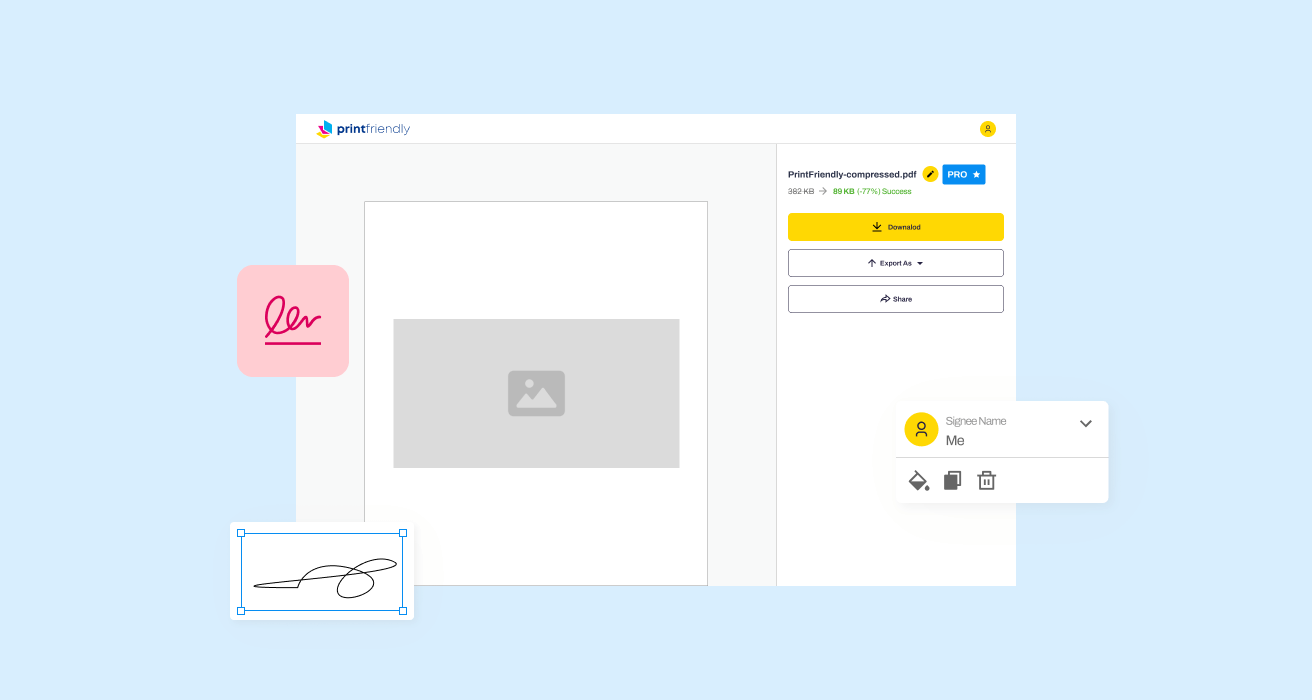
How to fill out the Observing Ionic Reactions Experiment Instructions?
1
Gather all necessary materials as listed.
2
Follow the experimental procedures carefully.
3
Make detailed observations during each reaction.
4
Record your data in the designated sections.
5
Analyze your observations and draw conclusions.
Who needs the Observing Ionic Reactions Experiment Instructions?
1
Students who are conducting experiments in chemistry labs.
2
Educators looking for structured lab instructions for ionic reactions.
3
Researchers needing a clear protocol for ionic reaction observations.
4
Laboratory assistants who support educational experiments.
5
Anyone interested in learning about chemical processes and reactions.
How PrintFriendly Works
At PrintFriendly.com, you can edit, sign, share, and download the Observing Ionic Reactions Experiment Instructions along with hundreds of thousands of other documents. Our platform helps you seamlessly edit PDFs and other documents online. You can edit our large library of pre-existing files and upload your own documents. Managing PDFs has never been easier.

Edit your Observing Ionic Reactions Experiment Instructions online.
You can edit this PDF on PrintFriendly by selecting the text you wish to change and making the necessary adjustments. Add notes or highlight key components directly on the document. Once you're satisfied with your changes, download the updated PDF for your records.

Add your legally-binding signature.
Signing the PDF on PrintFriendly is easy; simply use the signature tool to create or upload your signature. Place your signature where required on the document. Save the signed PDF to keep a copy for your files.
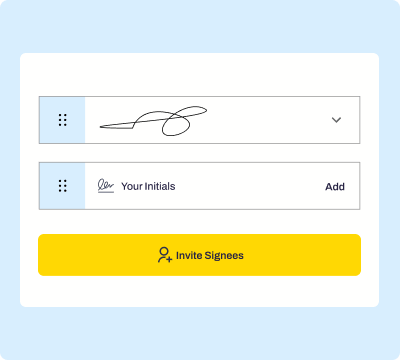
Share your form instantly.
Sharing the PDF is straightforward on PrintFriendly. Use the share feature to send a link to the document via email or social media. This allows others to access the lab instructions or findings easily.
How do I edit the Observing Ionic Reactions Experiment Instructions online?
You can edit this PDF on PrintFriendly by selecting the text you wish to change and making the necessary adjustments. Add notes or highlight key components directly on the document. Once you're satisfied with your changes, download the updated PDF for your records.
1
Open the PDF in PrintFriendly.
2
Select any text or area you wish to modify.
3
Make your edits using the editing tools provided.
4
Review changes to ensure accuracy.
5
Download the edited PDF to your device.

What are the instructions for submitting this form?
To submit this form, ensure all sections are accurately filled out with your findings and analyses. You can submit it via email to your instructor or print it for in-person submission. It's important to follow the submission guidelines provided by your educational institution.
What are the important dates for this form in 2024 and 2025?
Important dates for usage include ongoing academic semesters in 2024 and 2025. Ensure to align your experiments with your curriculum schedules. Always check with your educational institution for specific project deadlines.
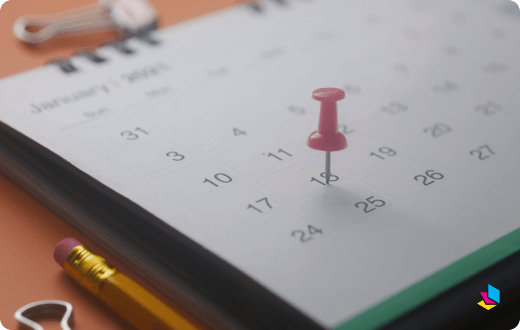
What is the purpose of this form?
The purpose of this form is to guide students in conducting experiments related to ionic reactions accurately. It aids in fostering a practical understanding of how ionic compounds interact in solution. This structured approach enhances learning through observation and analysis.
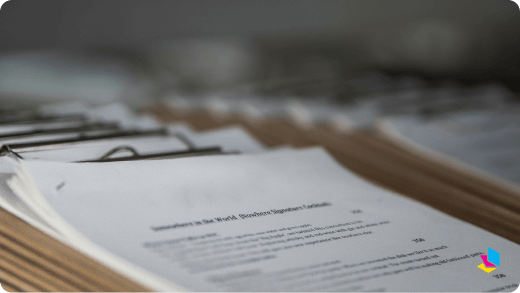
Tell me about this form and its components and fields line-by-line.

- 1. Lab Partner: The name of the student collaborating with you during the experiment.
- 2. Class Period: The period during which the lab is being conducted.
- 3. Data and Observations: Space to document your findings and reactions observed.
- 4. Questions: Prompts to assess understanding of the reactions observed.
- 5. Purpose: A section for users to define the goal of the experiment in their own words.
What happens if I fail to submit this form?
Failure to submit this form may hinder your understanding of the experiment's outcomes. It's essential for grading and feedback from educators.
- Missing Observations: Not submitting your observations could result in incomplete lab reports.
- No Grading: Without submission, you may not receive feedback or grades for your performance.
- Lost Learning Opportunities: Failure to submit compromises the learning experience from the lab.
How do I know when to use this form?

- 1. Chemistry Labs: Use this form in chemistry labs to structure your observations.
- 2. Educational Purposes: Students can utilize the form for academic assignments and presentations.
- 3. Research Projects: Researchers may employ this form to document findings in ionic chemistry.
Frequently Asked Questions
What is the purpose of this document?
This document provides structured instructions for observing ionic reactions in chemistry.
Can I edit this PDF?
Yes, you can easily edit the PDF using the tools provided on PrintFriendly.
How do I submit my observations?
Document your observations directly on the PDF and save your work.
Is this document suitable for first-time users?
Absolutely! The instructions guide users step-by-step through the lab process.
What materials will I need?
A list of necessary materials is provided in the document.
Are there visual aids in the document?
Yes, the document includes illustrations for clarity.
How can I share this document?
You can use the sharing feature to send the document via email or social media.
What if I have questions during the experiment?
Consult your instructor or lab supervisor for assistance.
What is the significance of ionic reactions?
Ionic reactions are fundamental in understanding chemical processes and environmental impacts.
Can I print this document?
Yes, you can print the document once you have made your edits.
Related Documents - Ionic Reactions Lab
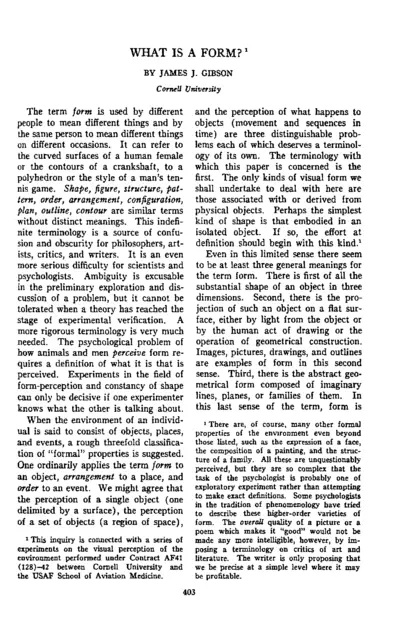
Understanding Form and Form-Perception by James J. Gibson
This document explores various definitions and theories of form, emphasizing the need for precise terminology. It delves into experiments related to the visual perception of form, distinguishing between solid and surface forms. The text critiques traditional views and presents new perspectives on form-perception.
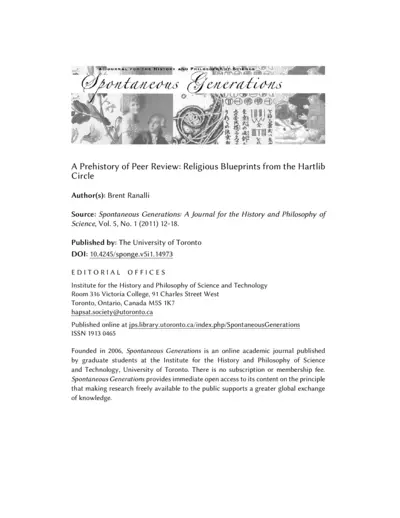
Prehistory of Peer Review: Religious Blueprints
This file explores the origins and development of peer review in science, tracing its roots to religious scholars in the Hartlib circle. It discusses the influence of the Royal Society of London and other early scientific organizations. The content is based on extensive historical research and analysis.
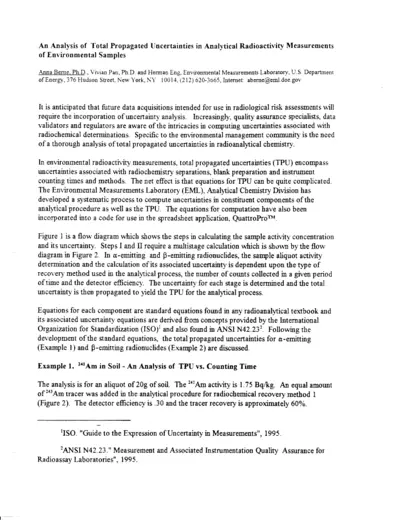
Analysis of Uncertainties in Radioactivity Measurements
This document discusses the uncertainties in analytical radioactivity measurements of environmental samples. It includes detailed equations and methods for calculating total propagated uncertainties. Useful for quality assurance specialists, data validators, and radiochemical analysts.
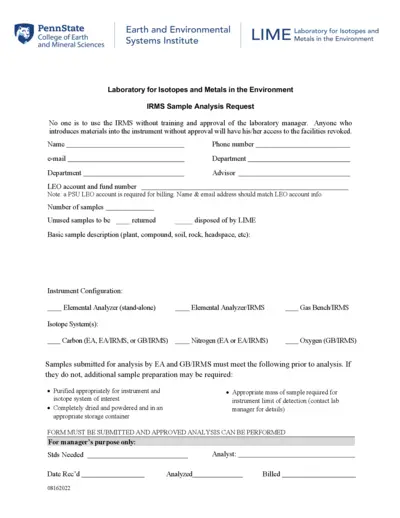
IRMS Sample Analysis Request Form Guidelines
This file contains instructions and details about the IRMS Sample Analysis Request Form. It is used to request sample analysis in the Laboratory for Isotopes and Metals in the Environment. Ensure you have the required approvals before using the IRMS.
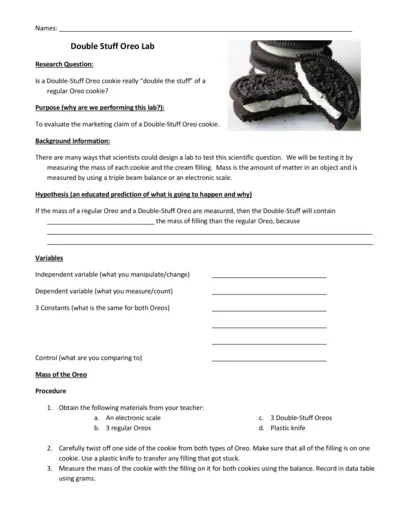
Double Stuff Oreo Cookie Science Experiment
This file contains details and instructions for conducting a science experiment to evaluate the marketing claim of Double-Stuff Oreo cookies. Users will measure the mass of regular and Double-Stuff Oreo cookies along with their fillings. It guides users through the process of data collection, calculation, and analysis using the scientific method.
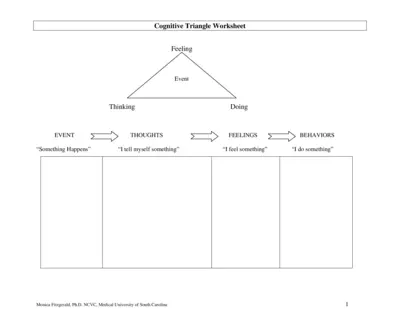
Cognitive Triangle Worksheet Instructions and Details
This file provides an overview and detailed instructions on how to use the Cognitive Triangle Worksheet. It helps users understand the relationship between their thoughts, feelings, and behaviors. Perfect for those interested in cognitive-behavioral strategies.

Engaging Doctor Pretend Play Printables for Kids
Transform playtime with free doctor pretend play printables designed for kids. These fun tools foster creativity and learning through imaginative play. Perfect for children from toddlers to first graders.
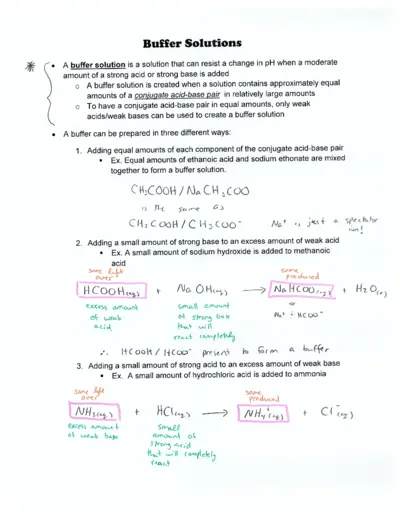
Buffer Solutions: Understanding Their Functionality
This file provides comprehensive insights into buffer solutions, including their preparation and pH resistance mechanisms. Ideal for chemistry students and professionals seeking to understand buffer systems. Practice problems included for hands-on learning.
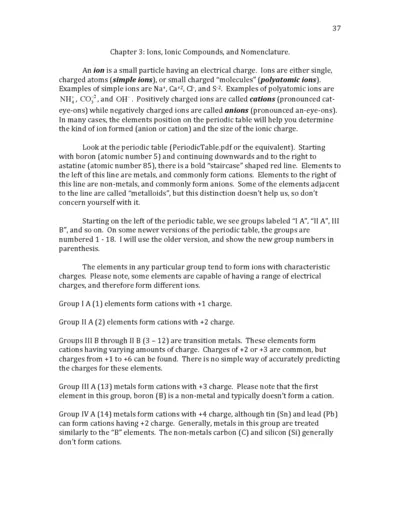
Ions and Ionic Compounds: Understanding Nomenclature
This file provides a comprehensive overview of ions, including their types, charges, and nomenclature rules. It covers essential details such as simple and polyatomic ions, and how to name them correctly. Perfect for students and professionals looking to deepen their understanding of ionic compounds.
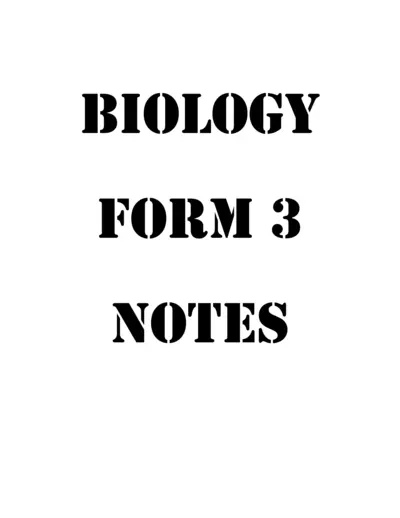
Biology Form 3 Notes and Instructions
This file contains detailed biology notes for Form 3 students. It covers essential topics such as organism classification and characteristics of various kingdoms. Perfect for studying and exam preparation.
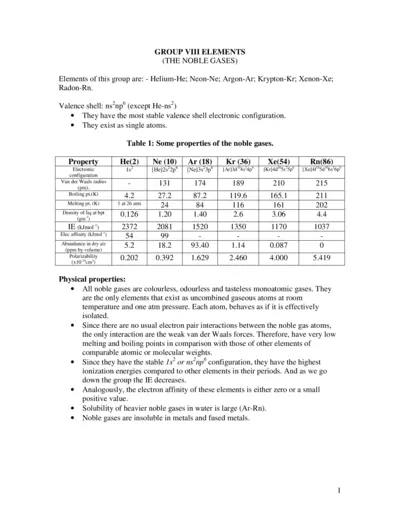
Noble Gases Properties and Chemical Behavior
This document provides a comprehensive overview of the noble gases, their properties, and chemical behaviors. It includes information on individual gases, their electronic configurations, and compound formations. Ideal for students and professionals in chemistry.
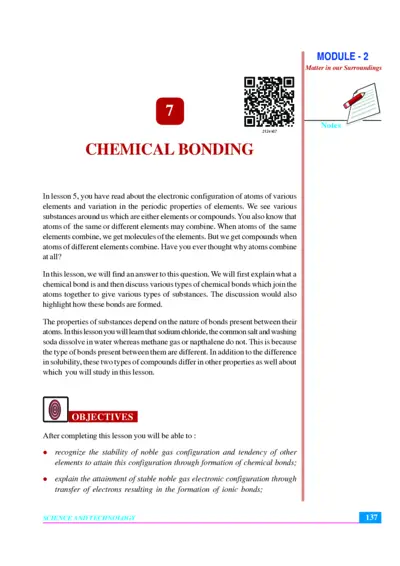
Chemical Bonding and Matter in Our Surroundings
This file provides detailed insights into chemical bonding, including ionic and covalent bonds. It covers the principles of matter in our surroundings and the electronic configurations of elements. Ideal for students and educators in chemistry to enhance their understanding.